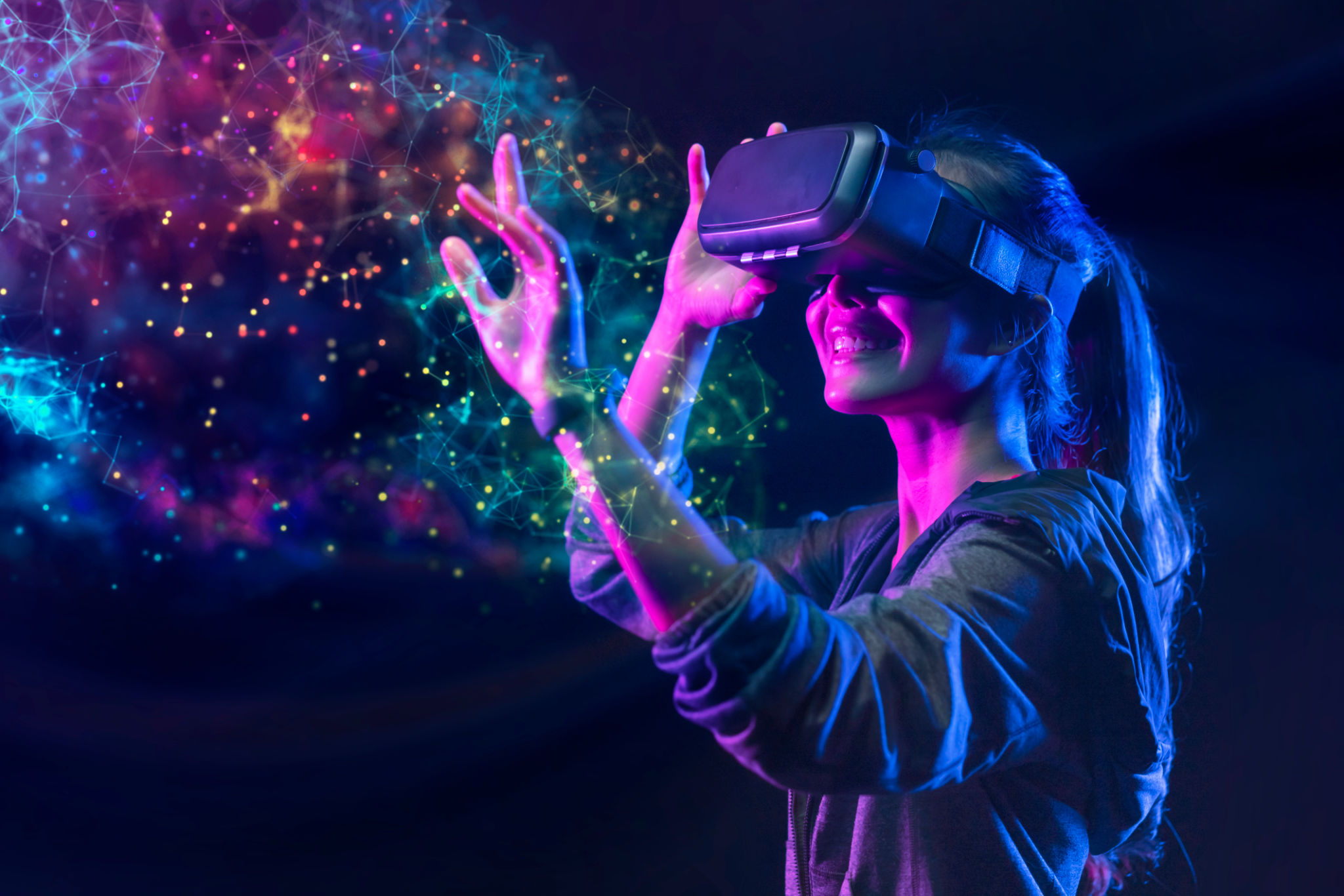Navigating Emerging Tech Education Trends in STEM
The Rise of STEM in Education
As technology continues to evolve at a rapid pace, the significance of STEM (Science, Technology, Engineering, and Mathematics) education has never been more crucial. Schools and educational institutions are adapting to these changes by incorporating new teaching methods and technologies to better prepare students for the future. This shift is not only transforming the way educators teach but also how students learn and engage with these subjects.
In recent years, there has been a growing emphasis on hands-on learning experiences that allow students to apply theoretical knowledge in practical settings. This approach helps in fostering critical thinking and problem-solving skills, which are essential in today’s tech-driven world.

Integrating Technology in the Classroom
One of the most significant trends in STEM education is the integration of technology into the classroom. Tools such as tablets, interactive whiteboards, and educational software are becoming commonplace, offering students a more interactive and engaging learning experience. These technologies enable personalized learning, allowing students to work at their own pace and receive immediate feedback.
Furthermore, virtual reality (VR) and augmented reality (AR) are being increasingly utilized to create immersive learning environments. These technologies provide students with opportunities to explore complex scientific concepts and simulations that would be challenging to replicate in a traditional classroom setting.

Project-Based Learning
Project-based learning (PBL) is another trend gaining popularity in STEM education. This educational approach encourages students to work collaboratively on projects that require them to solve real-world problems. Through PBL, students develop not only their technical skills but also their communication, collaboration, and leadership abilities.
The success of PBL largely depends on creating projects that are relevant and interesting to students. Educators are increasingly turning to interdisciplinary projects that combine different STEM fields, providing a more holistic understanding of how these subjects interconnect.

Coding and Programming for All Ages
As coding becomes an essential skill in the digital age, educational institutions are introducing programming classes to students at younger ages. Learning to code not only equips students with a valuable skill but also enhances their logical thinking and creativity. Programs like Scratch and Blockly are designed for younger learners, making coding accessible and fun.
For older students, languages such as Python, Java, and C++ are introduced to provide a deeper understanding of programming concepts. Coding boot camps and hackathons are also becoming popular, offering intensive learning experiences that challenge students to apply their skills in real-world scenarios.

Emphasizing Diversity in STEM
Diversity in STEM is crucial for fostering innovation and creativity. Recognizing this, educational institutions are making concerted efforts to encourage underrepresented groups to pursue careers in STEM fields. Initiatives such as mentorship programs, scholarships, and outreach activities aim to inspire a diverse range of students to explore these fields.
By creating an inclusive environment, educators hope to break down barriers and provide equal opportunities for all students to excel in STEM. This shift not only benefits individuals but also contributes to a more innovative and competitive workforce.

The Future of STEM Education
The future of STEM education looks promising as educators continue to explore new methods and technologies to enhance learning. As emerging trends such as artificial intelligence (AI) and machine learning become more prevalent, these subjects will likely become integral components of the STEM curriculum.
Educators and policymakers must remain proactive in adapting to these changes, ensuring that students are equipped with the skills necessary to thrive in an ever-evolving world. By embracing these emerging trends, we can pave the way for a brighter future in STEM education.

